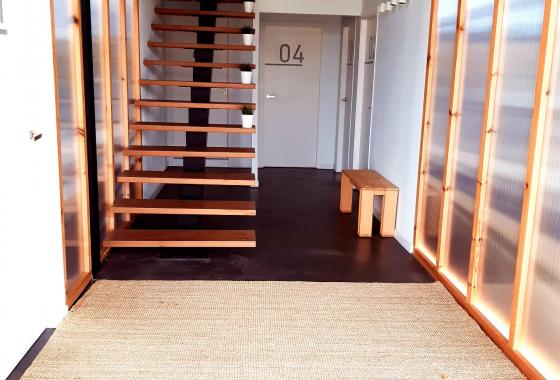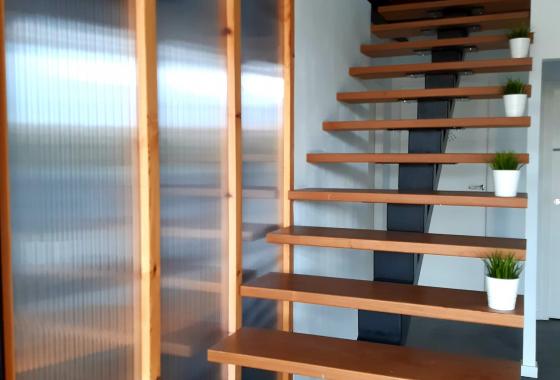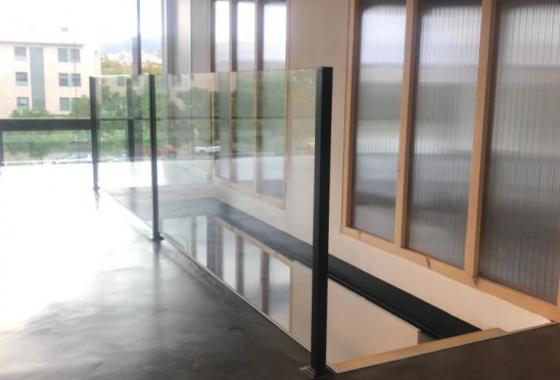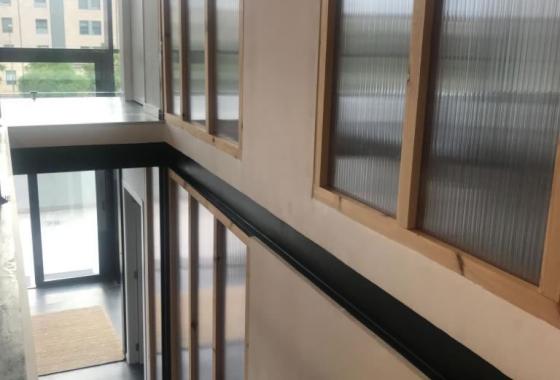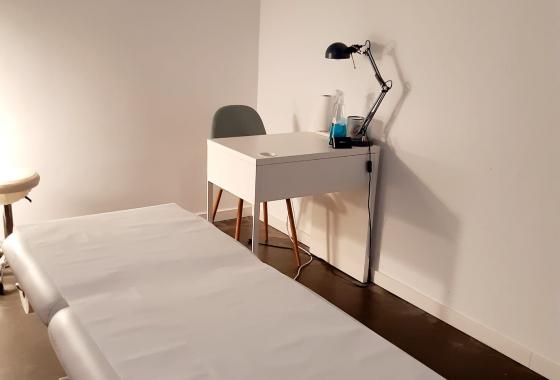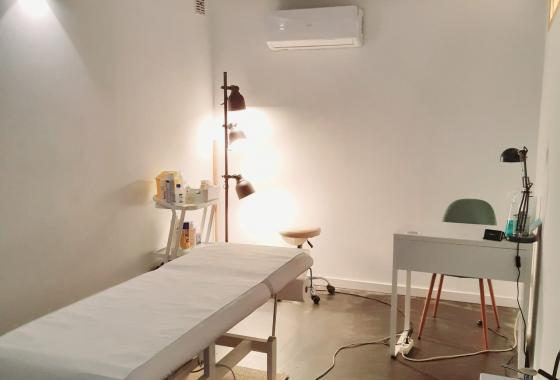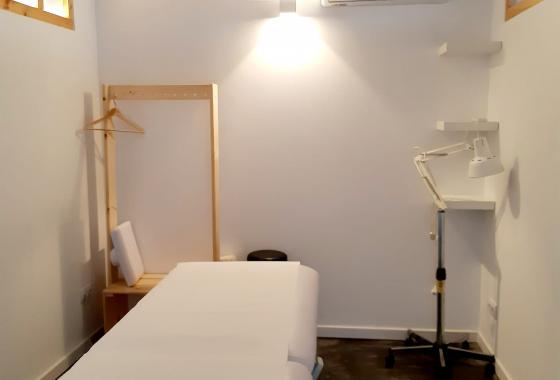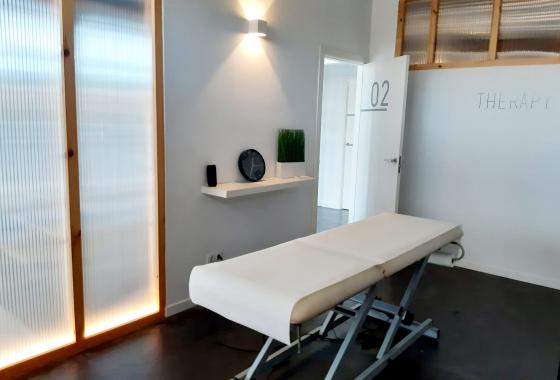Due to the proximity of the lumbar spine to the sacroiliac joints, Sacroiliitis is often confused with other conditions of the lumbar spine, but the case is different since the origin is in the sacroiliac joint. Read on and learn more about Sacroiliitis and how it can be treated and cured at FisioClinics Palma de Mallorca.
What is Sacroiliitis?}
Sacroiliitis is the painful inflammation present in the sacroiliac joint, but what is the sacroiliac joint? It is a part that connects the sacrum and the iliac bone in the pelvis, one on each side. It is a joint that moves only a few millimeters, it has and plays a role in relieving the weight of the upper part of the body and transporting it to the lower part when the body moves, but even a slight anomalous displacement in them will cause a functional deterioration resulting in Sacroiliitis.
What are the symptoms of Sacroiliitis?
The presence of pain in the lower back is characteristic of Sacroiliitis. In this case, this symptom may be permanent or appear spontaneously; Intensify with movement or with prolonged rest. The main symptom of Sacroiliitis is pain in the lower back, other associated symptoms are:
-
The pain occurs in the buttocks, facing the thigh.
-
Pain increases with rest and decreases with movement.
-
Morning stiffness in the lumbar spine.
-
Bilateral or unilateral pain.
-
The pain increases with pressure in the affected area, with abduction of the leg.
-
Sometimes there is swelling and redness of the skin in the affected area.
-
Altered gait due to the presence of pain.
What Causes Sacroiliitis?
The person with sacroiliitis may not be conscious, but the sacroiliac joints can be misaligned as a result of traumatic births and deliveries. When it is displaced, the ligament (posterior sacroiliac ligament) on the back side of the pelvis becomes hard, causing inflammation and pain. Also Sacroiliitis or sacroiliac pain, can occur even in the absence of any obvious injury, the most associated causal factors are:
-
A trauma, such as a fall.
-
They can appear after a motor vehicle accident, when the foot has bent on the brake pedal, which can generate a rear force through the pelvis.
-
Pain may also be related to abnormal biomechanical forces through the lumbar spine that result from a postural abnormality.
-
An unevenness in the length of the lower extremities.
-
Dysfunction of the muscles that cross the joint, such as the piriformis muscle, or ligaments that are injured or distended.
-
Sacroiliac pain may be related to arthritic conditions such as ankylosing spondylitis.
-
It is also related to eating and visceral dysfunctions that cause pain referred to the sacroiliac joint.
How is the medical diagnosis of Sacroiliitis made?
Sacroiliac pain and dysfunction are most often diagnosed based on the patient's medical history and physical examination by a qualified specialist. We should also try to find other causes for back pain. Sometimes imaging tests such as X-rays, or more specialized images with MRIs or CT scans, may be used, and a blood test may be necessary to rule out other possible causes of pain, including ankylosing spondylitis.
 Physiotheraphy
Physiotheraphy Osteopathy
Osteopathy Massage
Massage Lymphatic
Lymphatic Group classes
Group classes Home
Home Baby
Baby











